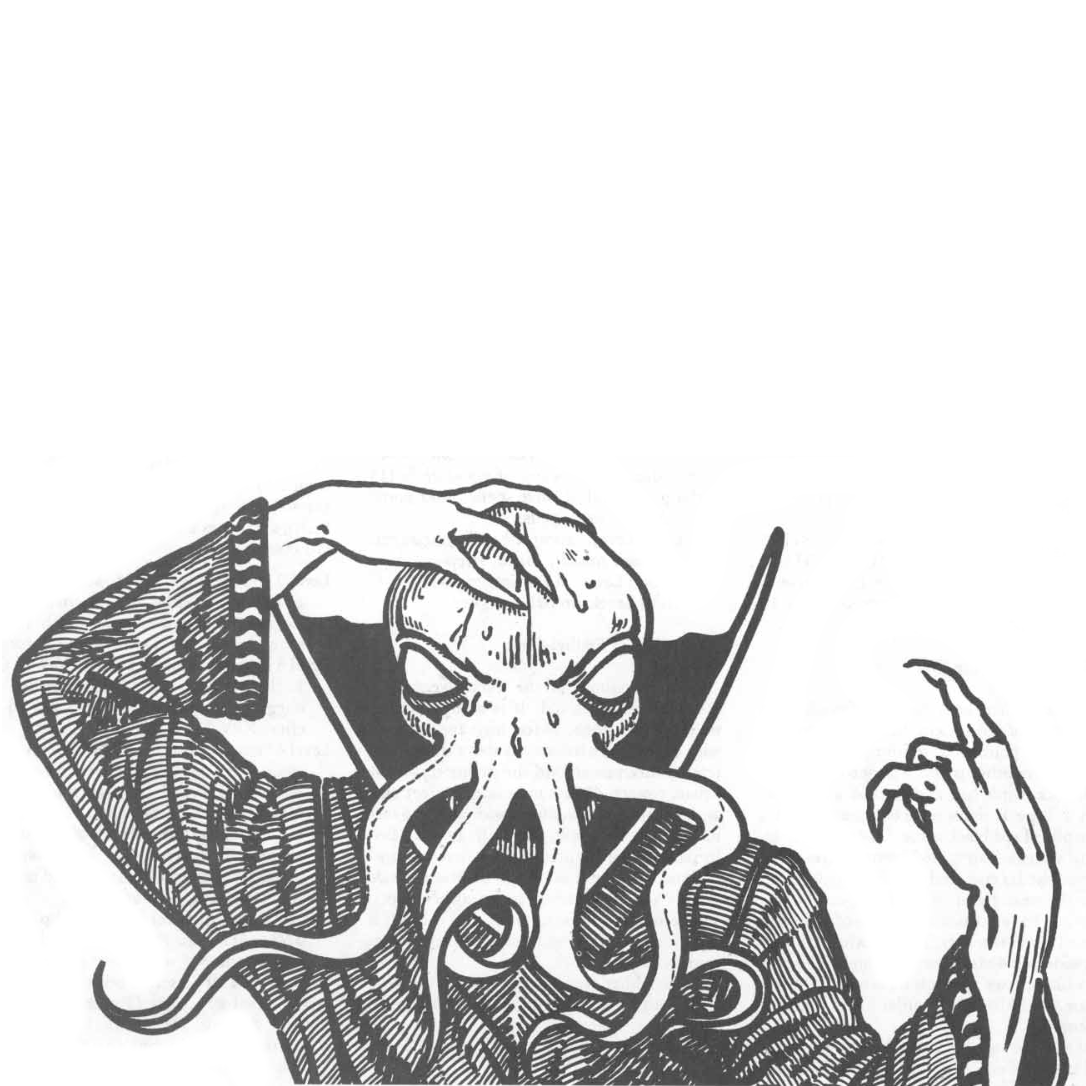Hey guys! I’ve been trying to work on some homebrew content for an idea of mine, it’s gonna be very loosely horror based with plenty of room to goof off, but I also intend to mess around with and test alignments quite a bit with this campaign. I’m already working on a weapon that interacts with the choices the players make while using it (potentially cursing them if they become too evil), but I wondered if you guys had any other ideas on how to mess with or test alignment in a campaign. The thing with the weapon is that it can only really affect one person. I want to figure out a few more ways to mess with the others.
One of my favorite campaign arcs I’ve ever run started by asking each player directly what their character’s greatest fear is. Then, they came to a town being terrorized by a nightmare dragon that only attacked in dreams. Once they were able to enter the dragon’s dream realm, they had to fight through a serious of encounters, one based on each character in the party. Each encounter featured limitless enemies, a debuff on the featured party member based on their fear, and a victory condition that required overcoming that fear. Once all the encounters were complete, they could face the nightmare dragon directly. The session is on YouTube if you want me to send you a link. Either way, feel free to steal this plot!
That sounds sweet! I won’t likely steal the plot, but I might take a nab at some of the ideas, like a monster that attacks through nightmares, and monsters that use and or feed on the character’s fears. Thanks for letting me look at this and borrow these ideas! If you’d like to hear more about what all I’m working on, I can send it to ya!
older editions (3rd and older) had tons of rules surrounding alignment and how spells, items, etc. all interacted with characters of various alignments. You could look in to bringing that kind of stuff back, but that’s basically been removed in newer editions on purpose.
I might check that out, see if there’s anything I can use. Thanks for the tip!
I’d recommend checking out the AD&D 2E Planescape campaign setting specifically. It’s basically THE “alignment matters” setting in D&D history, and just great fun in general imo.
I’m not too experienced with horror campaigns, and it is a big genre. Body horror is kind of different from existential horror.
When it comes to alignment I think it would be good to first look at what it is. Is it something personal (I have a code I follow therefore I am lawful)? Something societal (to be lawful is to follow the law set by the law-makers)? Or something cosmic (to be lawful is to be attuned to law/order)? The plane of Order is an example of cosmic alignment. One does not excludes another.
I also think it could be useful at the end of each session/adventure/whatever that the group summarises how they feel their characters have moved on the alignment grid. Subdivide it to get more granularity such as 10 steps of law, 10 of neutrality and 10 of chaos. Have them answer questions such as
Has your character upheld law? Move one step to law. Upheld law in a significant way? Move two to law.
If you then track the characters’ progress on the grid it could be a neat thing to look back at at the end of the campaign.
Understandable. I’m mostly focusing on the good, neutral, evil side of alignment, but I might throw in sprinkles of law and chaos. As for horror, it’s more the spooky and jokeable kind, that gets a bit more scary and panicky at certain specific points. Thanks for the tip!
An important thing to consider with any direct gameplay focus on alignment is that everyone involved is working with the same definitions of good, evil, law, and chaos. Because if you don’t clarify that up front you’re might spend a lot of game time on out of character philosophical debate sparked by whether a particular act fit a certain category or not. Or how the “lol so random” CN chaos goblin player is just straight up playing a psychotic, schizophrenic, sociopath which isn’t an alignment but a bundle of mental illness stereotypes. And also a dumbass.
This is also an aspect that many players actively dislike and prefer to ignore. Often because many see it as subjective and serving little point beyond sidetracking games with circular philosophy debates. Some folks do enjoy it, but you should make sure that your group is aware of alignment being a major element before even getting started.
Curse of Strahd (5e) has one page on the “Marks of Horror” (pg7) and how to run that as a GM. It gives a broad strokes overview on what makes things scary and tense. Not very useful from a mechanical standpoint, but very informative for styling your GMing and making the things you hand out a little more impactful. Definitely recommend checking it out!
Link to the page (from my phone, sorry if this doesn’t work on desktop): https://online.anyflip.com/afgs/lazb/mobile/index.html#p=8
Alrighty! Thanks! I’ll check it out!
I think you can basically just do alignment changes by feel - or at least I never had an exhaustive list of actions that did specific result to alignment.
If you want to formalize a bit, I did tend to use 2 line graphs, one for Lawful to Chaotic and one for Good to Evil, and have 9 points with neutral being in the middle. If I felt like someone took a major action or enough minor actions toward one of the poles, I’d move the marker for the player one notch in that direction. I did treat the in-between as the fuzzy area with no real effects till the indicator went to Neutral or one of the ends, in which case the alignment changed.
Thinking about this now, I realize I probably should have extended 4 points past the “extremes” - you know you can be lawful enough to obviously be a Lawful alignment, or you can be a rules lawyer bureaucrat who is past all reasonable levels of being fixated on the rules.
However, I also rarely had people continuously do stuff to force an alignment change. And of course, you might well not want alignment to be descriptive - someone could be that person who’s Severus Snape or the other way does a Heel Turn after they get somewhere as seeming good. And presumably you’ll have some insight into if the character is giving to charity because they believe it’s the right thing to do or if they’re doing it for the reputation only and otherwise don’t care. At that point you can get all philosophical if you like.



